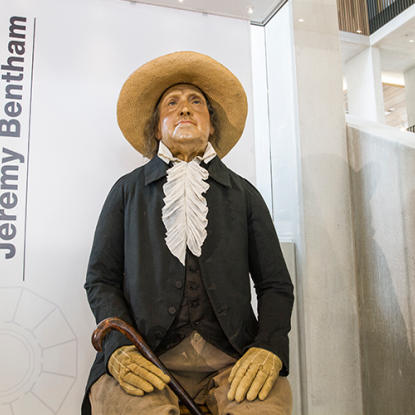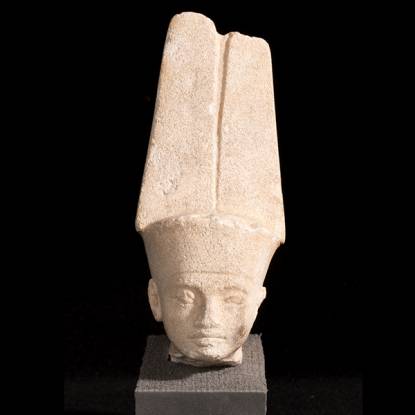We say goodbye to our poster-covered green room as refurbishment of the Bloomsbury Theatre continues
At the Bloomsbury Theatre we’re having some major renovation work done before our grand reopening in Autumn 2018. And while it’s really exciting to see our facilities given the royal treatment – which you can read more about here and here - it also means we say a fond farewell to certain relics from our past. One such piece of history is these crazy poster collage from the walls of our green room.
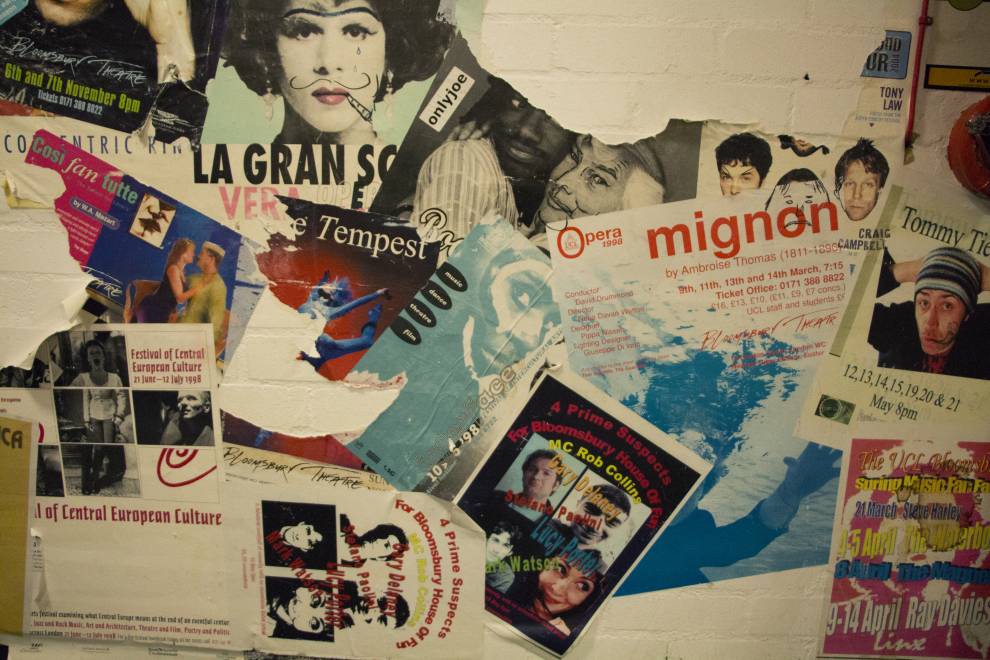
Oh if these walls could speak! We can only speculate as the debauchery that’s taken place here, and frankly that’s probably not for a family audience so we’ll not dwell on it…
It got us thinking though, why is a green room so-called? After a quick google search, we found there are loads of different theories including:
- Cockney rhyming slang for stage is “Greengage”
- Actors used to prepare for their performances in a room filled with plants. It was believed that the moisture was good for actors' voices.
- A red lamp is lit behind the scenes when recording or broadcasting is happening and a green lamp when the cameras are off or between takes.
That last one sounds particularly unconvincing, especially because the earliest known use of the term ‘green room’ was in 1678 (before electric lamps), in Thomas Shadwell’s play A True Widow, which refers to "a green room behind the scenes". But it didn’t explain why it was a green room and if it was meant literally.
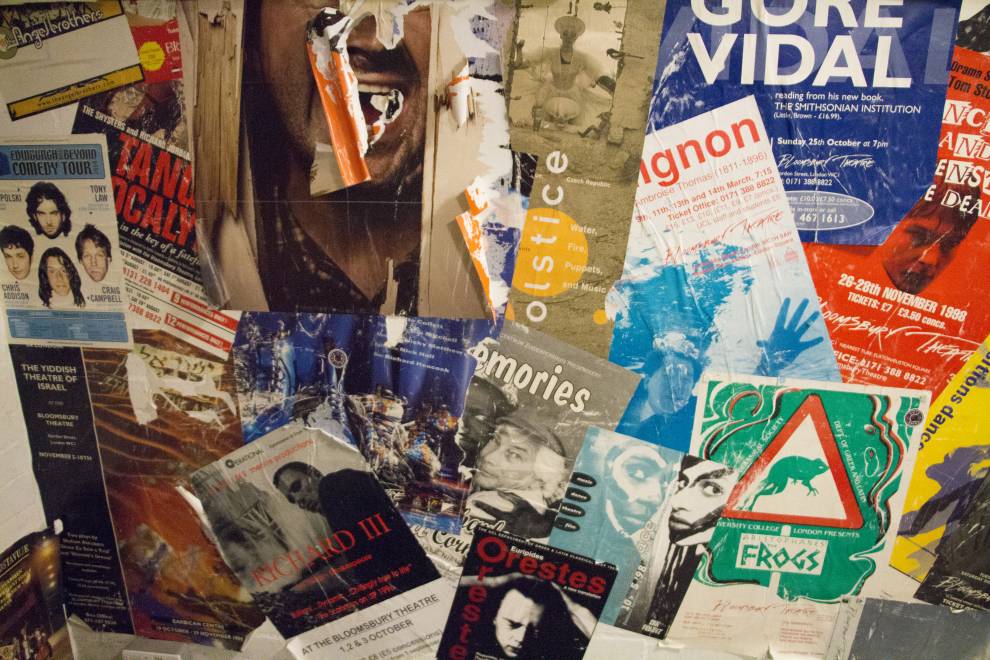
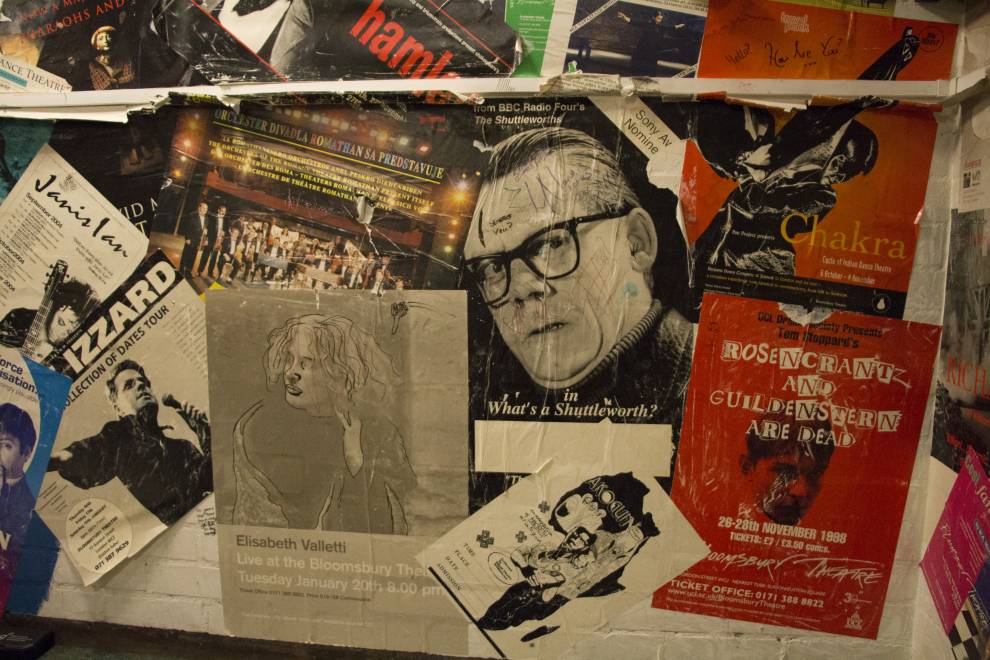
There didn’t seem to be a definitive answer anywhere we looked. So we decided to throw the question out there and see what answers we could get from some theatre friends of ours. The results are a mixed bag, but some of our favourites include:
- Actors backstage who were about to vomit were said to look ‘green’
- Green = youth. The green room was where understudies to major players/actors would wait for their chance to appear on stage.
- It was where a green sward (piece of fake grass) was stored to the side of the stage, used to signify an outdoor scene during the play.
Some of these sound more credible, but we’re still no closer to knowing the truth! What do you think?
We’ll be continuing the debate on Twitter, so send us your suggestions @UCL_Culture using the hashtag #whygreenroom #greenroom
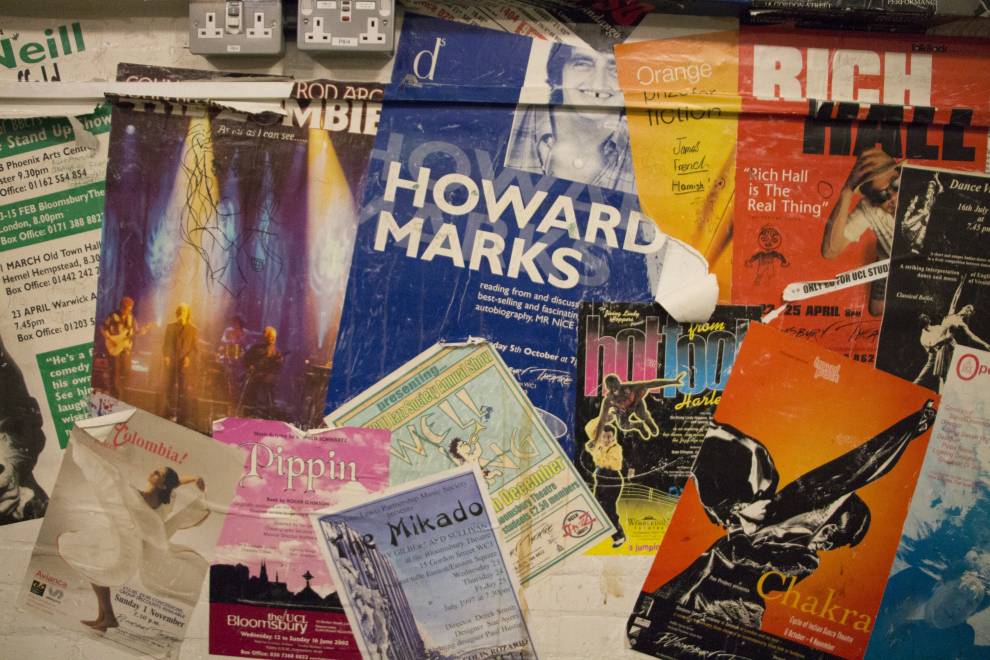
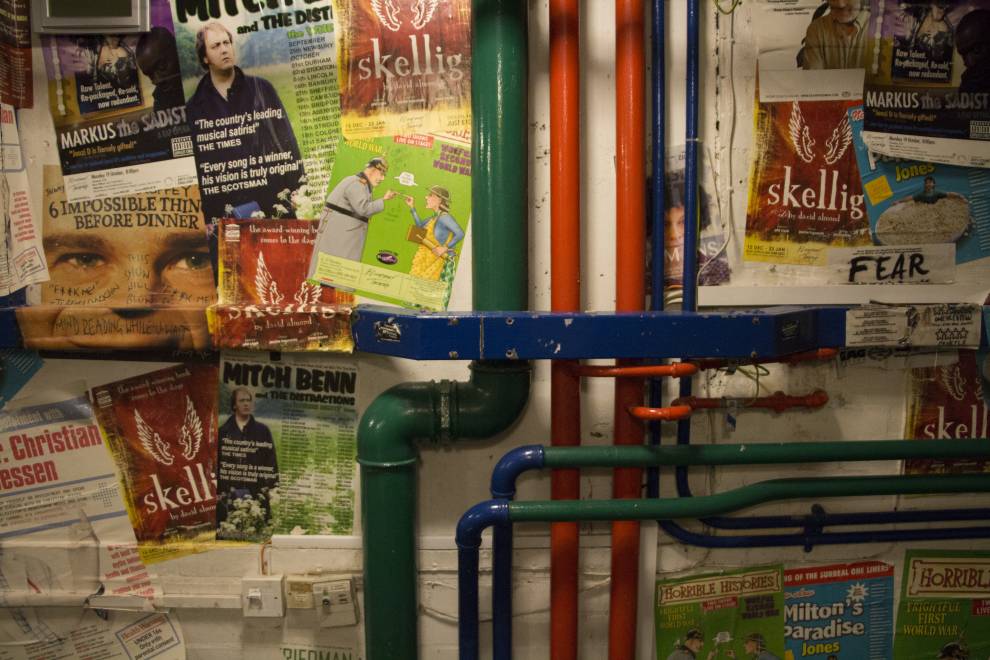
 Close
Close


